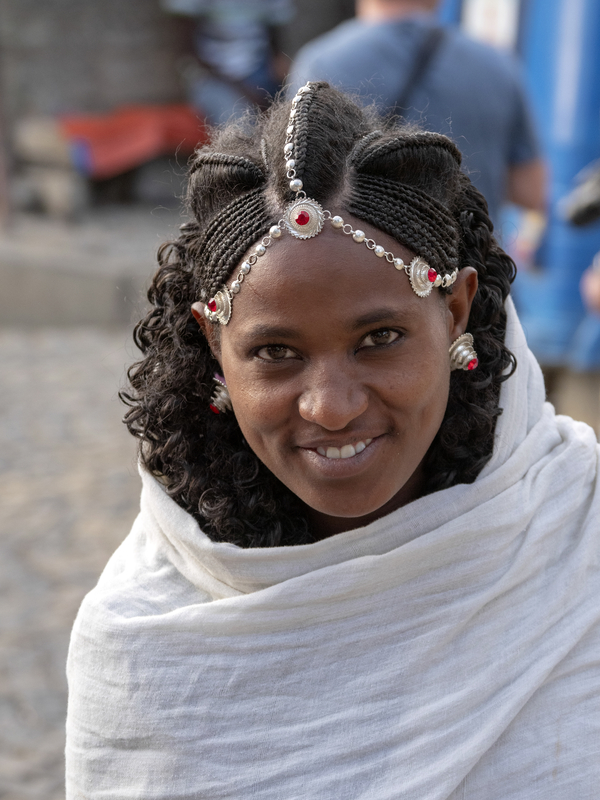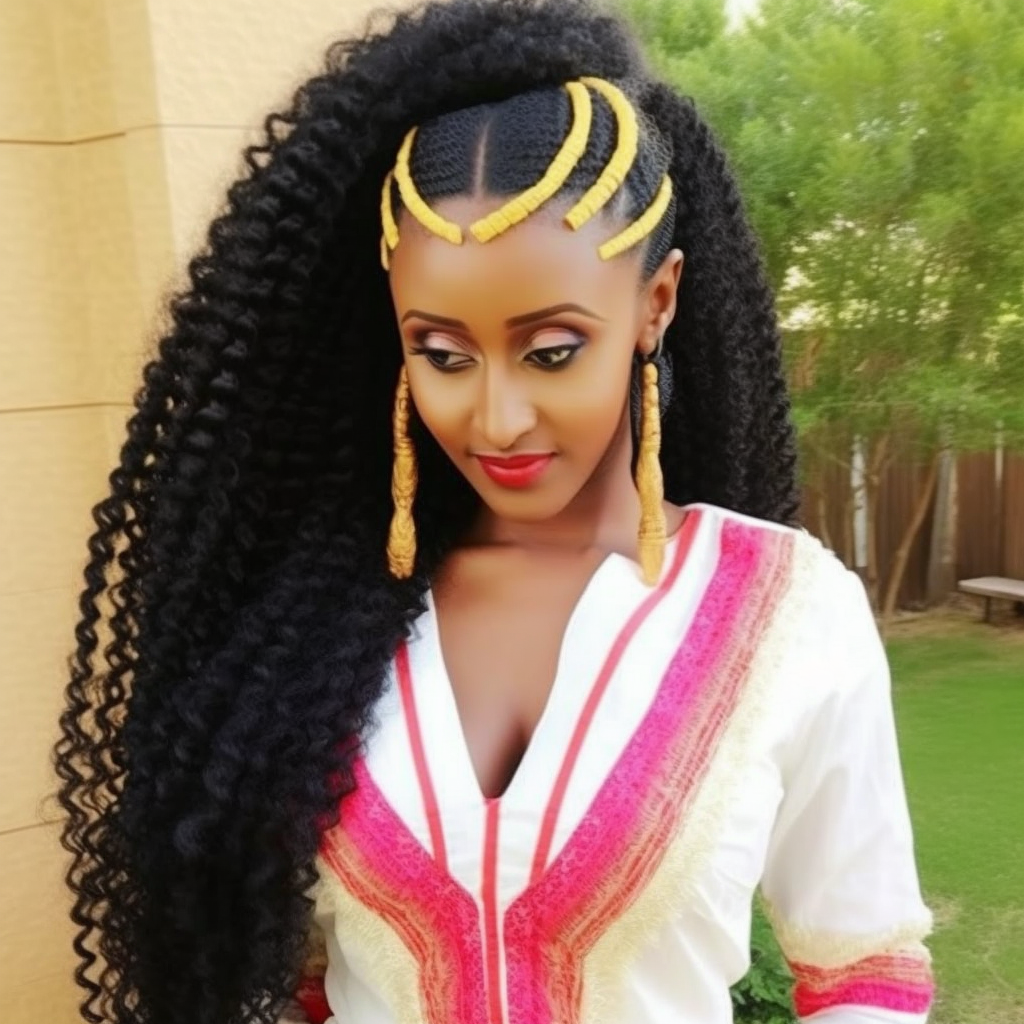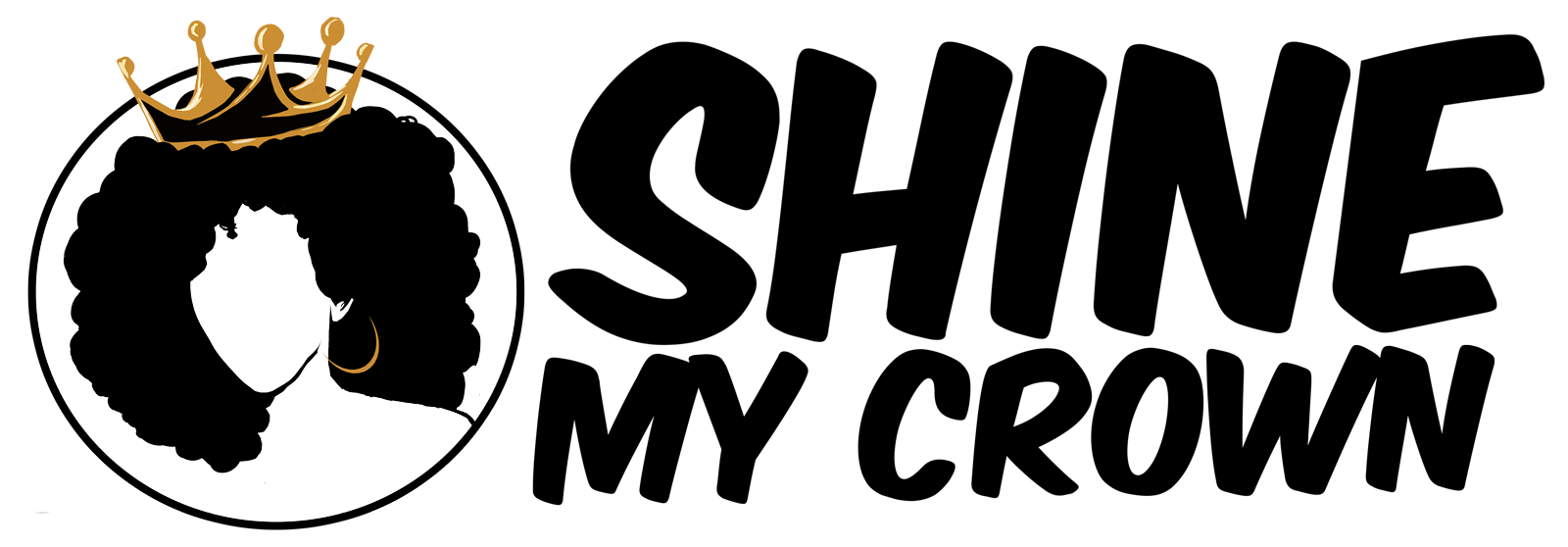FAQs:
What are Habesha braids?
Habesha braids refer to traditional Ethiopian braided hairstyles that are commonly worn by women of Habesha or Ethiopian descent. These hairstyles are known for their intricate and geometric patterns created through braiding techniques.
What is the cultural significance of Habesha braids?
Habesha braids hold cultural significance within the Ethiopian community. They are a form of cultural expression and pride, showcasing the rich heritage and traditions of the Habesha people. Habesha braids are often worn during special occasions, celebrations, and cultural events as a way to connect with Ethiopian culture and showcase individual beauty.
What types of Habesha braids are there?
Habesha braids encompass a variety of braiding styles and patterns. Some common types include:
- Tigil: This style features small, intricate braids that cover the entire head, forming a tight and compact pattern.
- Asa Rega: Asa Rega involves creating a single large braid that starts from the front of the head and extends to the back in a curved or zigzag pattern.
- Geleb or Duba: Geleb or Duba braids are characterized by multiple small braids that are tightly woven and hang freely, often decorated with beads or other accessories.
Can anyone wear Habesha braids?
Habesha braids are primarily associated with Ethiopian culture and are commonly worn by individuals of Ethiopian descent. However, anyone can appreciate and wear these hairstyles as a form of cultural appreciation and celebration. It’s important to approach them with respect for Ethiopian traditions and consult with a professional stylist who is knowledgeable about Habesha braids for the best results.
Habesha braids have a long history in Ethiopian culture, dating back centuries. They have been passed down through generations, serving as a way to preserve cultural heritage and express individual identity. Habesha braids have evolved over time, incorporating different techniques and styles while maintaining their cultural significance.
Description:
Habesha braids are characterized by their intricate and geometric patterns created through precise braiding techniques. The hair is divided into sections, and each section is braided using a specific pattern, resulting in a visually striking and detailed hairstyle. Habesha braids can be worn close to the scalp as cornrows or extended to hang freely.
Products Needed:
- Wide-tooth comb or detangling brush
- Hair moisturizer or leave-in conditioner
- Edge control or styling gel
- Hair elastics or hair clips (for sectioning)
- Beads, hair cuffs, or other hair accessories (optional)
Tutorial:
- Start with clean, detangled hair. Use a wide-tooth comb or detangling brush to remove any knots or tangles.
- Apply a hair moisturizer or leave-in conditioner to hydrate the hair and make it more manageable for braiding.
- Section the hair into smaller sections using hair elastics or hair clips. The number of sections will depend on the desired braiding pattern and style.
- Take one section of hair and apply edge control or styling gel along the parting and edges to create a smooth and neat base for braiding.
- Begin braiding the hair following the desired Habesha braiding pattern. This could involve intricate designs, zigzag patterns, or small, tight braids.
- Repeat the braiding process for each section of hair, ensuring that each braid is tight, neat, and uniform in size.
- If desired, add beads, hair cuffs, or other hair accessories to enhance the overall look and cultural significance of the hairstyle.
- Once all the sections are braided, ensure that the braids are secured properly at the ends using hair elastics or by sealing them with heat.
- Apply a small amount of edge control or styling gel to smooth down any flyaways or frizz and give the braids a polished finish.
- Finally, you can further personalize the hairstyle with additional accessories or adornments that reflect your personal style and cultural appreciation.
Remember to approach Habesha braids with respect for Ethiopian culture and traditions. If you have any doubts or questions, consult with a professional stylist experienced in Habesha braids for guidance and to ensure an authentic representation.


